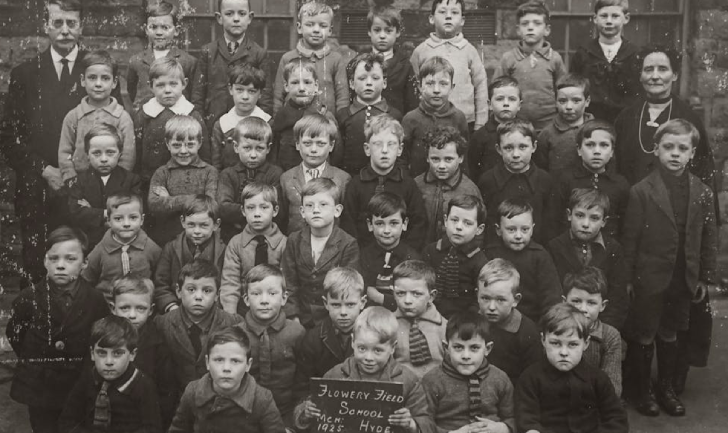School Picture Day
National School Picture Day is celebrated on the second Thursday of September each year to recognize the tradition of school pictures. It highlights the importance of capturing school memories through portraits, which serve as lasting keepsakes for students and their families. This day encourages students to smile and embrace the moment, while also reflecting on the history of school photos as a way to document personal growth and milestones throughout the school years.

The history of school pictures dates back over a century and has evolved significantly in both practice and technology. School photography became a tradition in the 20th century, serving as a way to document students’ progress over the years and to provide keepsakes for families.
Early 20th Century – The Beginnings
1900s: School photography began to gain popularity in the early 1900s, primarily in the United States. Initially, school pictures were formal, black-and-white portraits taken by local photographers. These photos were often taken outdoors, with students seated or standing in front of a plain backdrop or the school building.
Classroom Group Photos: Early school photography was often centered around group pictures of entire classes rather than individual portraits. These photos were sometimes taken by traveling photographers who would visit schools once a year.
Mid-20th Century – The Rise of Individual Portraits
1930s-1940s: With the advancement of camera technology and the growing availability of photography services, individual student portraits became more common. Photographers began visiting schools annually to take headshots of each student.
Standardization: By the 1940s and 1950s, school pictures became more standardized. Companies that specialized in school photography started to emerge, and individual student photos became a yearly tradition. Photos were often taken against a neutral backdrop with formal poses.
Post-World War II – The Boom of School Photography
1950s-1960s: After World War II, school photography became a more widespread practice, with companies like Lifetouch and Olan Mills becoming dominant players in the industry. These companies developed efficient methods to take and distribute school portraits, making the process quicker and more affordable for schools and families.
The Yearbook Connection: By the mid-20th century, school photos became a standard feature in yearbooks, allowing students to see their classmates’ pictures and keep a record of their school years. The tradition of combining individual student portraits with group class photos became common practice.
Late 20th Century – Evolving Styles and Technology
1970s-1990s: During these decades, school pictures evolved along with fashion and cultural trends. Students’ outfits and hairstyles became more expressive, and backdrops became more colorful and themed. The rise of color photography also changed the look of school pictures.
Packages and Retakes: Schools began offering a wider variety of photo packages, and picture day retakes became a standard option for students who missed the original session or were unhappy with their photo.
21st Century – Digital Photography and Modern Trends
2000s to Present: With the advent of digital photography, school picture day has become more efficient and accessible. Students can now review their photos digitally before ordering, and retouching services became more common. Modern school photography companies offer a variety of options, including creative backdrops, retouching for blemishes, and even digital delivery of photos.
Cultural Significance: School pictures continue to be a cherished part of students’ lives, serving as lasting mementos for families and friends. They remain a cultural staple, reflecting not only the individual student but also broader societal trends.
Today, school picture day is an anticipated annual event, providing both a historical record and a snapshot of the various stages of a student’s life.


